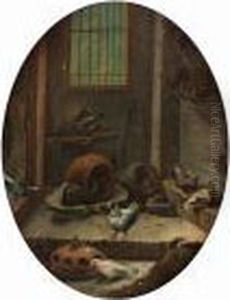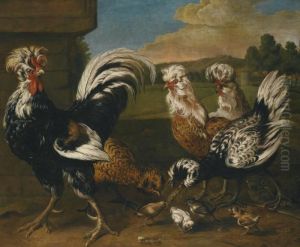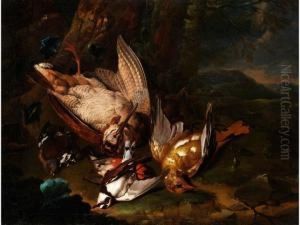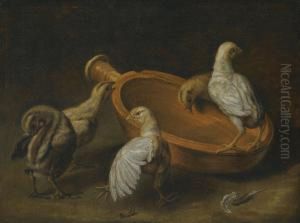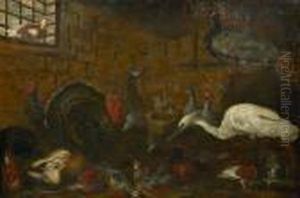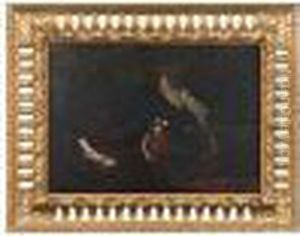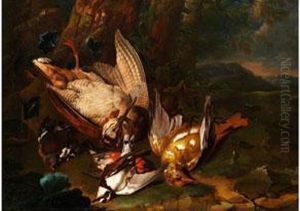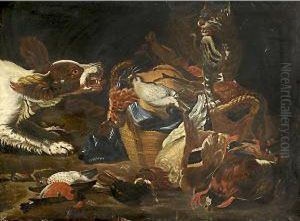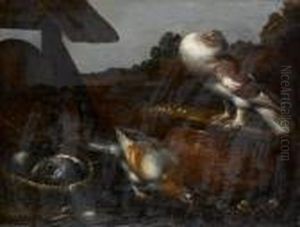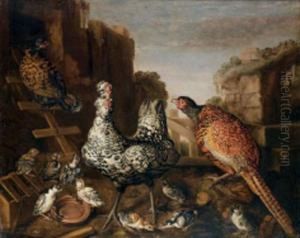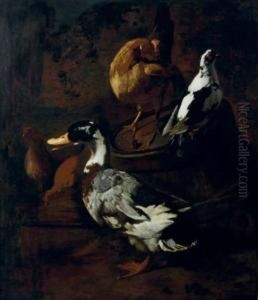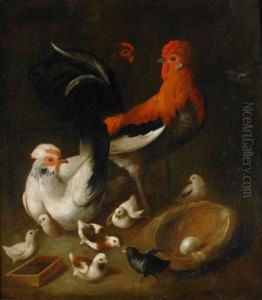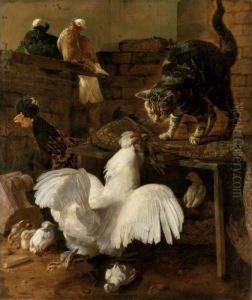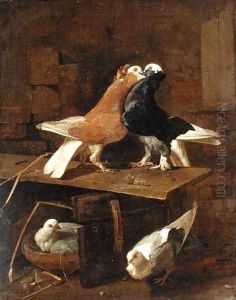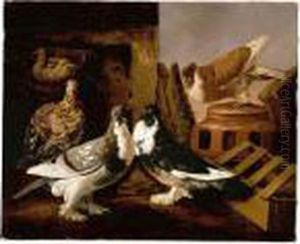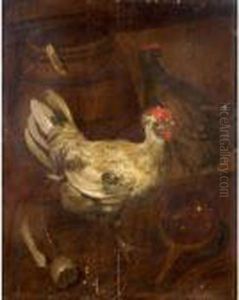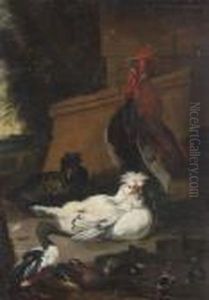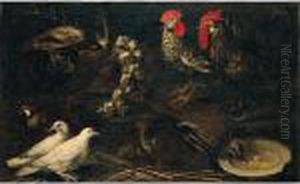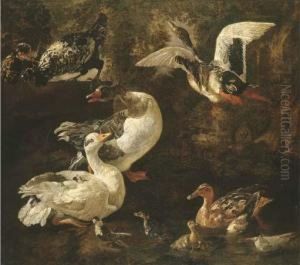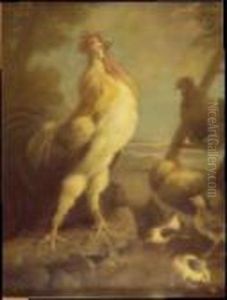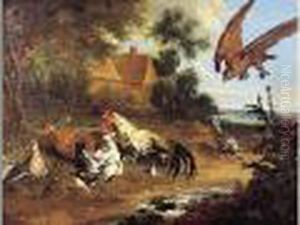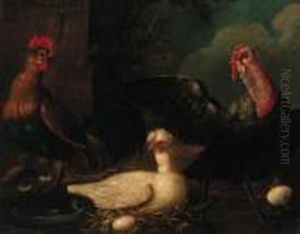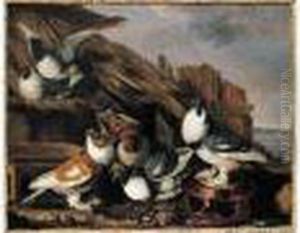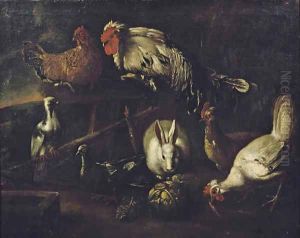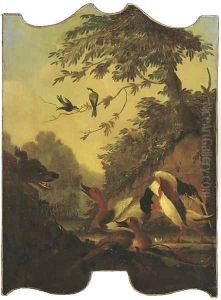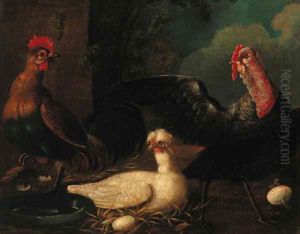Jacomo (or Victor, Jacobus) Victors Paintings
Jacobus Victors, also known as Jacomo or Jacob Victor, was a Dutch Golden Age painter born in 1640 in Amsterdam, Netherlands. His work was predominantly influenced by the Baroque style, which was characterized by dramatic use of light and shadow, rich color, and dynamic compositions. Although not as widely known as some of his contemporaries, Victors made significant contributions to the art of his time, particularly in the realm of history painting.
Victors received his artistic training in Amsterdam, which was a flourishing center for the arts during the 17th century. He was likely influenced by the works of Rembrandt and other Dutch masters, although little is known about his personal life or his training. His paintings often depicted scenes from the Bible, classical mythology, and history, showcasing his ability to capture human emotion and create compelling narratives through his art.
Throughout his career, Jacobus Victors was active in Amsterdam, where he worked and maintained a studio. His works were sought after by patrons who were drawn to his skillful handling of religious and historical themes. Despite the esteem he garnered during his lifetime, Victors did not achieve the lasting fame of some of his contemporaries, and as a result, his work was somewhat overshadowed in the years following his death in 1705.
Today, Jacobus Victors is recognized for his contributions to Dutch art, and his surviving works are considered valuable examples of the Baroque style in the Netherlands. His paintings can be found in various museums and private collections, where they continue to be studied and appreciated for their artistic merit and historical significance.
